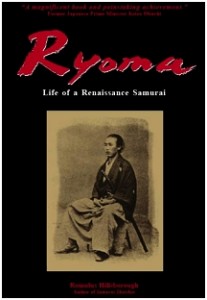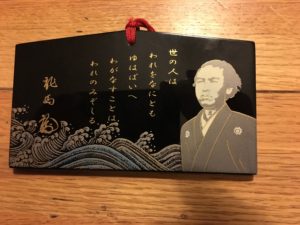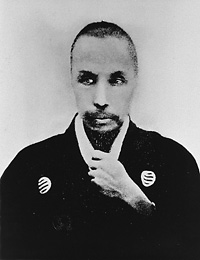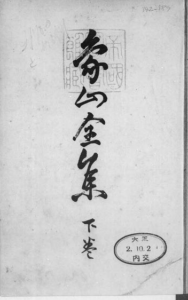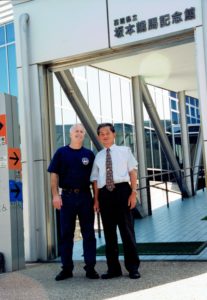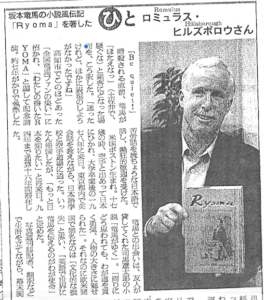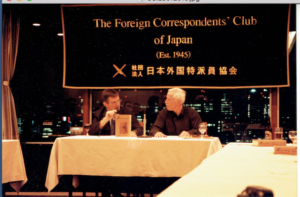He Called Me an “American Ryoma”
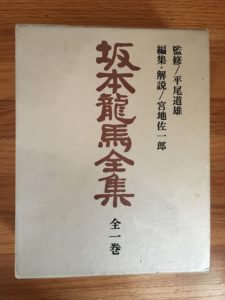
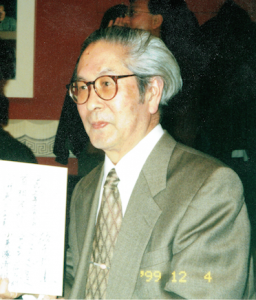
I first met Miyaji-sensei around November 1988, while working as a writer for Flash, a popular weekly magazine in Tokyo. The magazine was doing a special feature on Ryoma to commemorate his upcoming birthday. Since I was working on my novel, the editor, Shindo Toshiya, who is still my good friend, asked me to accompany him to Miyaji-sensei’s home in Mitaka, Tokyo, to interview him. I vividly remember Miyaji-sensei greeting us at the front door, dressed in traditional kimono, then bringing us to the living room for the interview. He must have been more than a bit surprised to meet an American who was writing about Sakamoto Ryoma. I remember him saying something to the effect that he thought of me as an “American Ryoma.”
Also see this past post.
[The above photo of Miyaji Saichiro was taken in Tokyo in December 1999.]
